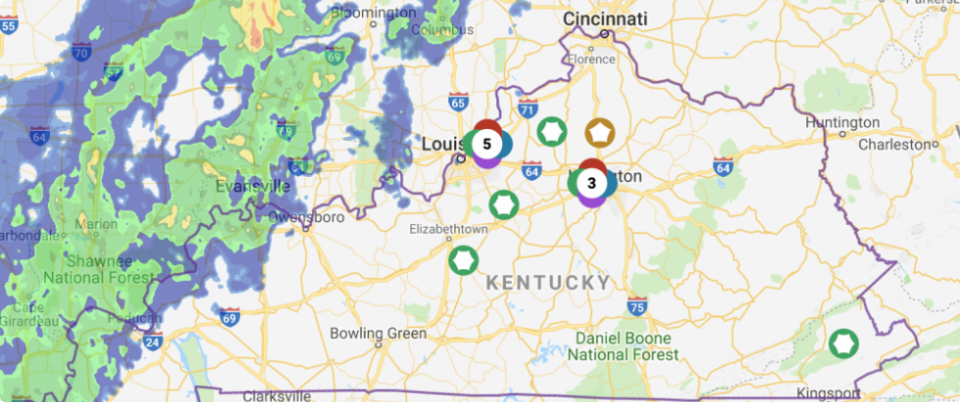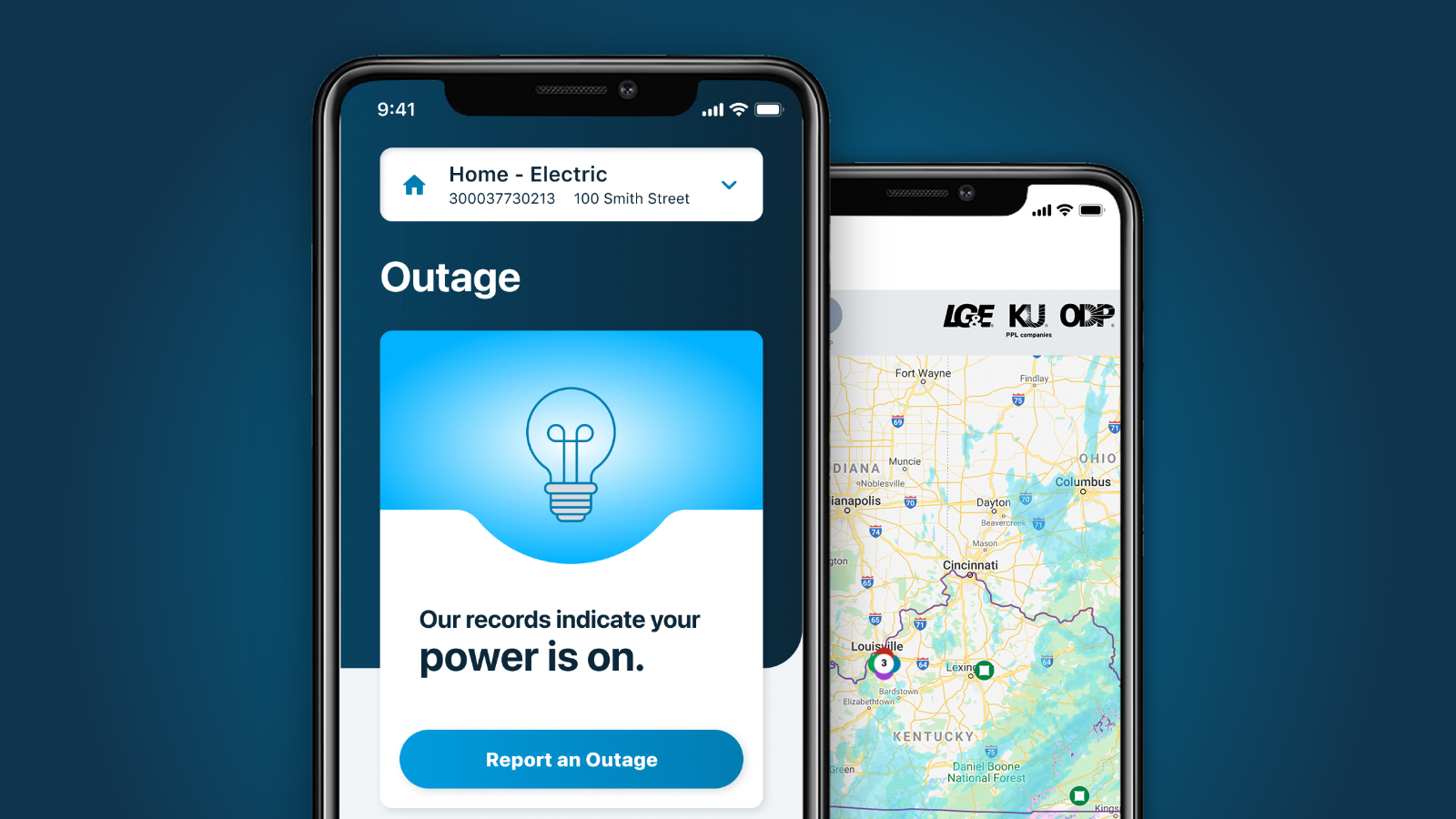By Chip Keeling
Today, the Kentucky Public Service Commission officially ruled on our base rate increase requests. You’ll be seeing news reports over the next several days that provide an overview of the costs (click here to read the KPSC’s official press release), but we wanted to go “beyond the numbers” to explain why we requested base rate increases in the first place, to better articulate how the whole process works, and to reaffirm our commitment to serving our customers.
One of the main reasons we decided to launch a blog was to have a meaningful and open dialogue with our customers on complex topics in the energy business, and regulatory matters definitely fall into this category.
We know that any increase in your monthly energy bill will impact your wallet and your family’s budget. That’s why we don’t go before the Kentucky Public Service Commission with such requests unless it’s absolutely necessary.
I’ll explain more on this process later, but you should know that we work every day to keep costs down, and it requires careful planning and proper investments in our infrastructure to keep the energy flowing safely and reliably.
In order to fund these capital projects and expenses, we ask for fair and reasonable increases in base rates; but again, only when absolutely necessary.
For instance, we’re meeting increased customer energy demand by bringing online later this year a $1.2 billion generating unit that will be one of the cleanest of its kind in the country. To get that electricity to you, we’ve added 55 miles of additional transmission lines.
We’re also in the middle of a long-term natural gas main replacement that enhances the reliability of our entire system. The project involves more than 615 miles of pipe, about the distance from Louisville to Panama City, Fla.
And, in September 2008 and January 2009, Mother Nature caused the two largest and most expensive restoration events in our companies’ history.
These expenses were among the ones brought before the KPSC earlier this year as part of our base rate increase request, and were what the commission ruled on today.
In addition, all of our more than 3,100 employees take their duty to serving you seriously. We want you to be satisfied in every interaction with us.
We know no one likes it when their bills increase, but we want to do our best to explain to you our side when such requests are made, and how the whole process works, so you know where your money is going and why.
Why a “rate case”?
It’s important to first set the context for a rate adjustment. Our job is to deliver energy safely and reliably year-round. While it’s something not everyone thinks about, all of us count on energy 24 hours a day, every day. You flip a switch and the lights come on. You turn on the gas and are able to cook. This “instant gratification” doesn’t happen on its own.
A “rate case” is the way we request a change in the base rates we charge to recover costs associated with delivering electricity and natural gas. We’re a regulated industry, so, before we can adjust our prices, we must make our “case” that our current rates are not sufficient to cover our costs.
That’s different from the way most companies operate. When costs change for, let’s say, grocery stores, they can simply adjust their product prices at any time.
But it’s not that simple for us. Our employees bring you energy through our vast network of electric and natural gas infrastructure. That includes nearly 33,000 miles of lines and pipe – enough to circle the earth once and then some. Or, if taking a road trip is more your style, that’s more than seven roundtrips from Louisville to San Francisco.
While we work hard to keep expenses down, the demand and cost of creating and delivering energy continue to rise. Along with the rising cost of equipment and facilities, repairing damage and restoring your service after severe and inclement weather can add up to tens of millions of dollars, and not one of those dollars can be reimbursed until the next rate case.
We give thousands of pages of data to regulators and other parties when we file a rate case. It’s all a very open and transparent process.
The regulators have several months to review the details, listen to our customers' feedback, ask additional questions and examine testimony, among other things, before making a ruling. They ultimately determine the costs we charge and the revenue we’re allowed to earn to keep a healthy business.
Once in effect, base rate adjustments allow us to continue investing in, and maintaining, our electric and natural gas infrastructure. It takes a lot of wires, pipes, poles and people to bring you the service you rely on 24 hours a day.
So now, when you hear about a rate case in the news, hopefully you have a better idea of the role it plays in creating and delivering your energy.
Meanwhile, you can better prepare for any cost changes by making your home more energy efficient. If you’re uncertain where to begin, a good place to start is our SmartSaver energy efficiency programs.
Of course, if you have any questions, let us know. We understand that the utility industry is a very complex one. The bottom line is that we’re here to help.
Until next time, keep using energy wisely.

